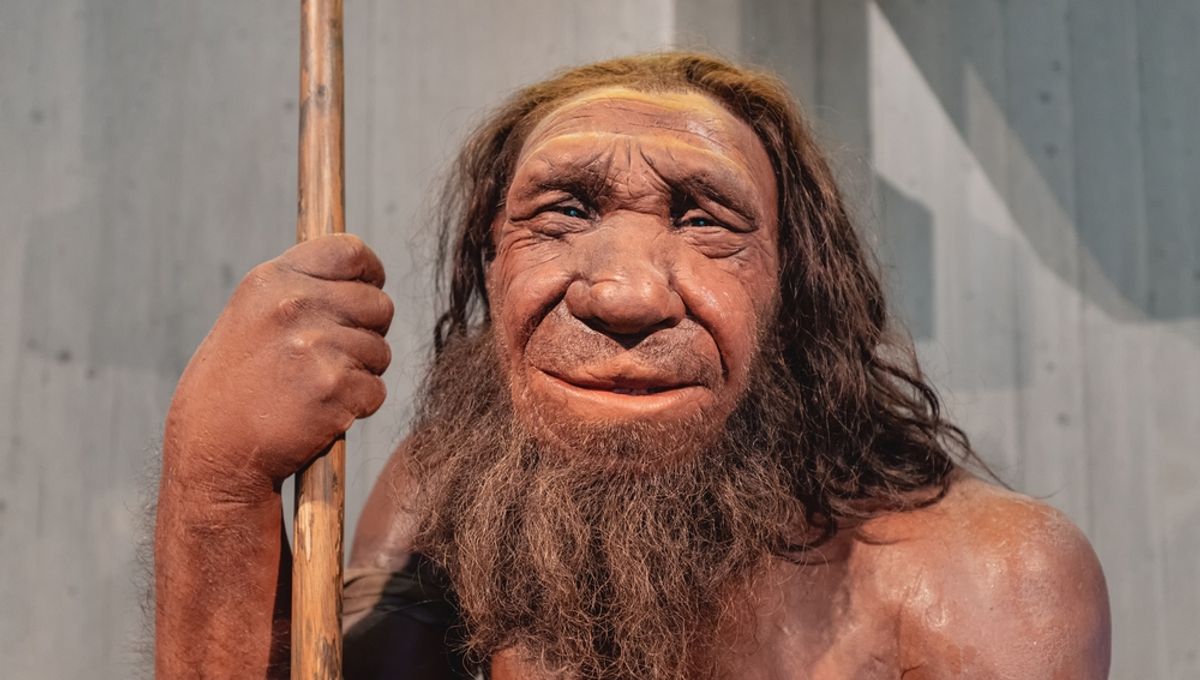
The recent discovery of over 1,000 bone tools in a Neanderthal cave in Siberia has ignited a debate over whether our extinct cousins were capable of producing utensils from animal skeletons as well as stone. To assess whether this osseous assemblage was a one-off, the authors of an as-yet un-peer-reviewed study looked for similar artifacts at other Neanderthal sites, concluding that the ancient species routinely made tools out of bone.
Previously, it had been assumed that only anatomically modern humans used bone as a material for toolmaking. The appearance of the earliest Homo sapiens coincides with the appearance of bone objects such as hunting weapons, ornaments, and figurines in the archaeological record.
In contrast, the absence of bone artifacts prior to the emergence of modern humans had fueled the belief that Neanderthals did not produce a bone industry. However, this widely-supported notion received a significant challenge with the discovery of around 1,200 bone tools at the Neanderthal site of Chagyrskaya in Altai, Siberia.
“To date, the Chagyrskaya bone tools provide the only example of a Neanderthal bone industry, at least, for which the authorship of [modern humans] cannot be considered,” write the study authors. They, therefore, questioned whether the use of bone tools was common to all Neanderthals or emerged as a local adaptation within this eastern population.
To investigate, the researchers searched for bone assemblages in the western reaches of Neanderthal territory. Specifically, they analyzed a series of ancient remains that were discovered at the Chez-Pinaud site in France in 2019.
“Our main study objective was to identify, in the western side of the Neanderthal expansion zone, evidence of a common use of bone as a raw material for tool making, as we did in the easternmost part in the Chagyrskaya Cave,” write the authors. “The identification of 103 bone tools… at the Chez-Pinaud site provides such evidence,” they continue.
Of these 103 bone tools, 83 are classified as “retouchers”, meaning they display only a small amount of modification and are therefore ambiguous in terms of their function. However, among the remaining 20 items, the researchers identified bone tools that functioned “as wedge/chisel, lateral cutting edges and, perhaps, pressure flaker.”
Importantly, the number of bone tools discovered at the site was roughly equal to the number of flint tools, indicating that the cave’s Neanderthal occupants “produced a variety of tools for different tasks”.
According to the authors, bone was seen as “a privileged medium for the manufacture of objects” by ancient Homo sapiens, as its “resistance to impact and relative elasticity make it better suited to certain tasks than flint.” And while their analysis is yet to be scrutinized or published, their findings suggest that Neanderthals may have been equally appreciative of the wonder of bone.
A preprint version of the unpublished study is available on BioRxiv.
Source Link: Bone Tools In Neanderthal Cave Hint At Prehistoric Osseous Industry